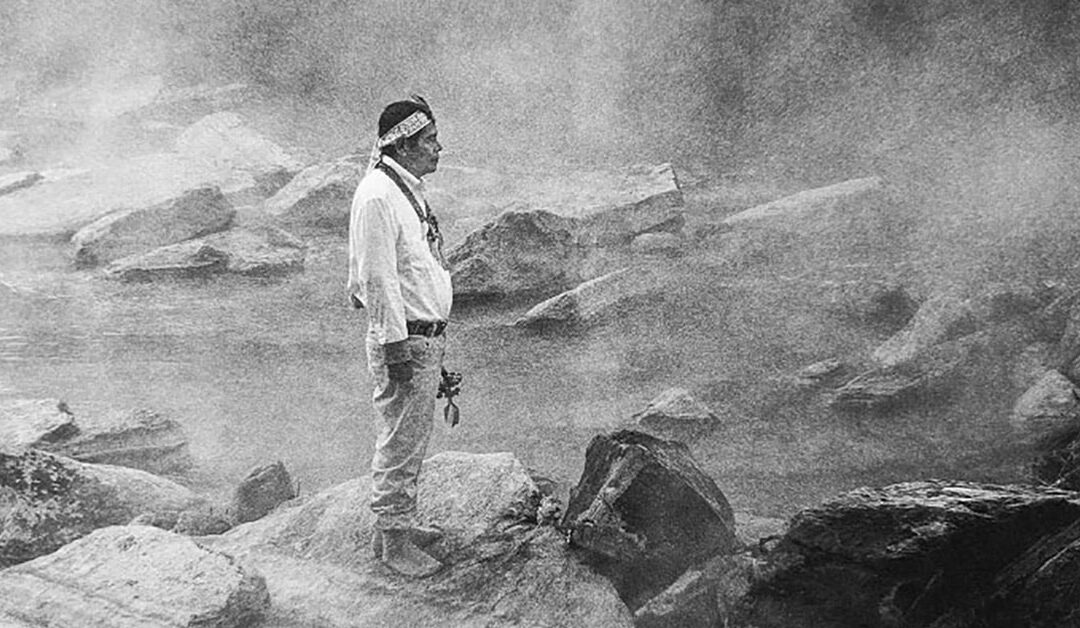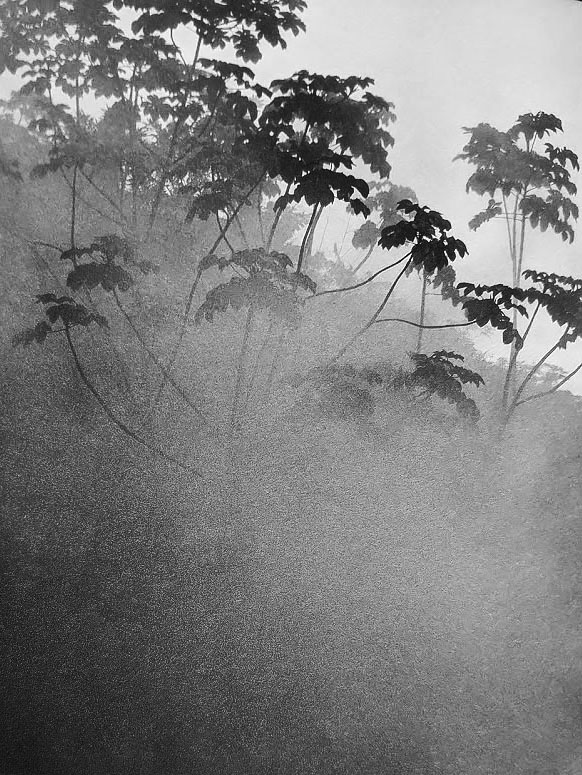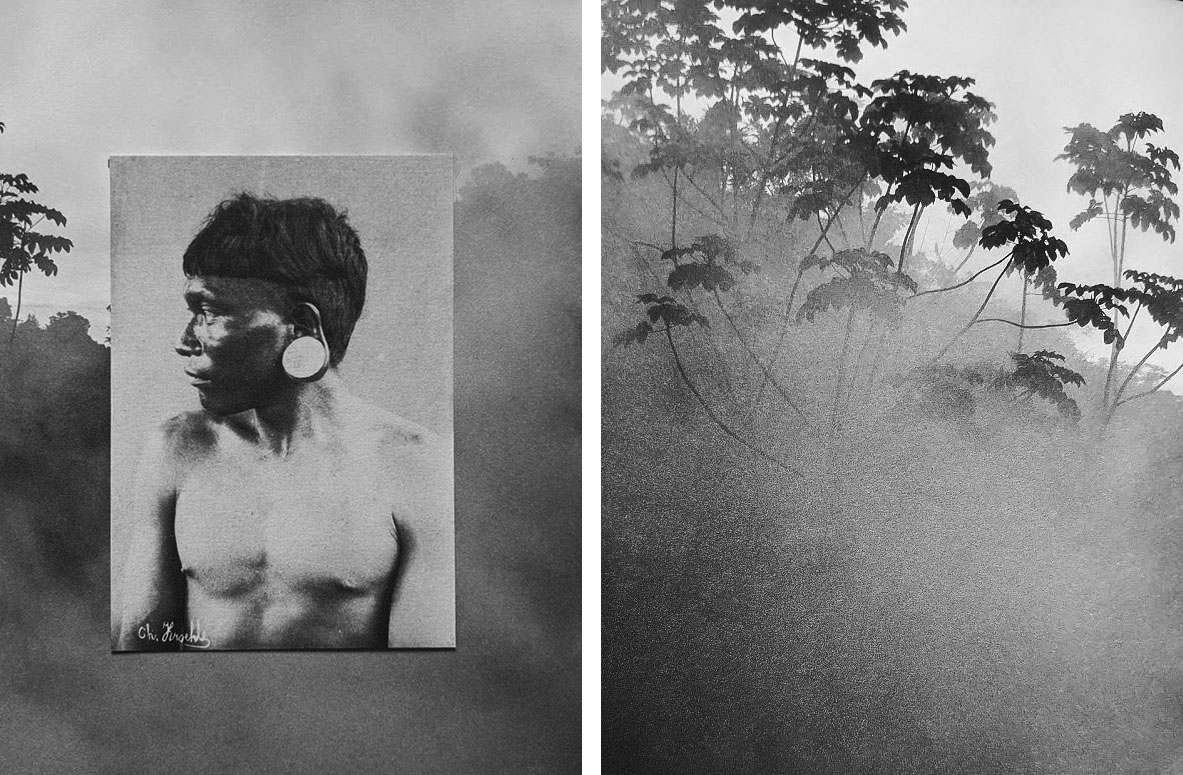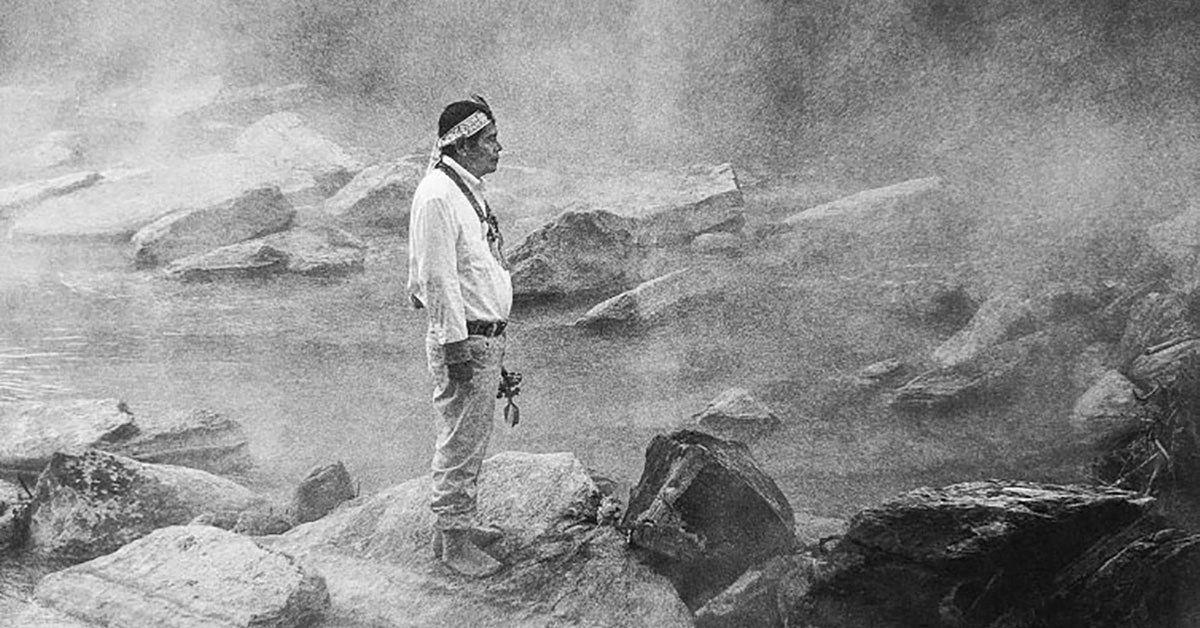

… that is about Indian tribes and their customs – few facts and curiosities, some pleasant and some sad, all invariably reliable and interesting.
It is really difficult to condense any knowledge about the Indians. A separate book could be written about each tribe. However, here you will read some general information. Part I touch the topic of who they are.
Indian identity
For some reason, the word ‘Indians’ is used to describe all the indigenous people of the two Americas – that is, the people of two vast continents and several latitudes.
However, when we look at this population, we see that there is a huge variety.
Although many indigenous tribes live and lived similarly, it is simply the way of life of all primitive peoples (including European and Asian). Besides, “similar” doesn’t mean the same. Different tribes have (or had) different customs, traditions and languages - all the things that in our culture are the basis for recognizing a different nationality.
The Indians in earlier times did not consider themselves a population similar to each other. They did not have the awareness of the racial community. Each tribe had a distinct identity. Even the “whites”, when they first appeared on this continent, were treated (at first) as just some other strangers, only this time from very far away. “Stranger” meaning someone not from our tribe.
fun fact: it is commonly believed that the whites were considered gods. According to some sources, this phenomenon concerned not more than three tribes (e.g. the Aztecs), and even about that we are still not sure – many relations from that period were misinterpreted, badly translated or distorted, in favor of building the image of the apotheosis of European heroes (by no means mass killers) bringing civilization and the only proper religion (which was supposed to justify the conquest of an entire continent)
Only relatively recently, among the majority of Indian communities, a common awareness has emerged – of the common origin, the similarities of fates, of the present situation, common problems and aspirations.
In our articles, we will focus primarily on the tribes inhabiting the Amazon Rainforest. Because it is from them that we get our excellent quality Rapé.
Where do the indigenous people live?
There are about 300 tribes in Brazil alone (which accommodates 56% of the Amazon Rainforest). Almost all of them live in the Amazon Rainforest area.
Brazil is the place with most undiscovered tribes – tribes we do not know anything about yet, no one has contacted them, and they also avoid contact. According to calculations and observations (e.g. airplane photos), there are about 100 of such tribes.
Some of these tribes live in the most remote areas of the state of Acre, on the border with Peru, in protected parks. Others, on the other hand, are dispersed groups – the last of a variety of tribes to survive the rubber boom and the growth of the agricultural industry in the last century. Many of them are still on the move, escaping from lumberjacks and farmers approaching their lands.
You will find more about Indian tribes in the following articles: The Life from the Jungle (Part II)
Support
There are organizations that support and fight for a dignified life of indigenous people so that they can continue to live as they have done so far. For example, https://www.survivalinternational.org/ Survival International
I also recommend visiting the beautiful website of the Yawanawa tribe https://indigenouscelebration.org/ – although they cultivate old traditions, they also let “strangers” into their world, and they go out to “strangers” themselves. They have their own web where they beautifully describe their life and the problems they struggle with. You can also support them directly there.
It is this tribe that produces Rapé Forca Femina, from which this site takes its name.
And of course, another form of support is buying Rapé on our website.
Our Rapé comes straight from shamans of different tribes and every purchase here also supports them.
Text: Alicja Róża

Only relatively recently, among the majority of Indian communities, a common awareness has emerged – of the common origin, the similarities of fates, of the present situation, common problems and aspirations.
In our articles, we will focus primarily on the tribes inhabiting the Amazon Rainforest. Because it is from them that we get our excellent quality Rapé.
Where do the indigenous people live?
There are about 300 tribes in Brazil alone (which accommodates 56% of the Amazon Rainforest). Almost all of them live in the Amazon Rainforest area.
Brazil is the place with most undiscovered tribes – tribes we do not know anything about yet, no one has contacted them, and they also avoid contact. According to calculations and observations (e.g. airplane photos), there are about 100 of such tribes.
Some of these tribes live in the most remote areas of the state of Acre, on the border with Peru, in protected parks. Others, on the other hand, are dispersed groups – the last of a variety of tribes to survive the rubber boom and the growth of the agricultural industry in the last century. Many of them are still on the move, escaping from lumberjacks and farmers approaching their lands.
You will find more about Indian tribes in the following articles: The Life from the Jungle (Part II)
Support
There are organizations that support and fight for a dignified life of indigenous people so that they can continue to live as they have done so far. For example, https://www.survivalinternational.org/ Survival International
I also recommend visiting the beautiful website of the Yawanawa tribe https://indigenouscelebration.org/ – although they cultivate old traditions, they also let “strangers” into their world, and they go out to “strangers” themselves. They have their own web where they beautifully describe their life and the problems they struggle with. You can also support them directly there.
It is this tribe that produces Rapé Forca Femina, from which this site takes its name.
And of course, another form of support is buying Rapé on our website.
Our Rapé comes straight from shamans of different tribes and every purchase here also supports them.
Text: Alicja Róża


